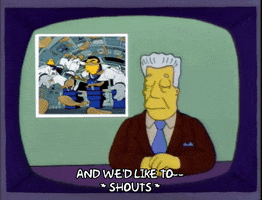Fair Use under U.S. copyright law (Section 107 of the Copyright Act) is
very limited and usually
does not allow you to monetize someone else’s music in a video. Here’s why:
1. What Fair Use Covers
Fair Use allows copyrighted material to be used
without permission in certain contexts, like:
- Commentary or criticism (e.g., reviewing a song or analyzing its lyrics)
- News reporting
- Teaching or research
- Parody
2. How Fair Use is Decided
Courts weigh
four factors:
- Purpose and character of the use – Is it transformative (adds new meaning/context) or just a copy? Commercial uses weigh against fair use, but not automatically.
- Nature of the work – Creative works like music get stronger protection.
- Amount used – Using the “heart” of the song or large chunks counts against fair use.
- Effect on the market – If your video competes with or reduces the market for the song, that hurts your case.
3. Monetization Complicates Things
If you’re
making money (ads, sponsorships, sales) from a video that uses someone else’s music, courts usually see that as
commercial use, which weighs heavily
against fair use.
For example:
- Playing a full song as background music in a monetized video = almost certainly not fair use.
- Analyzing a song in a critical review and showing short clips while monetized = maybe fair use, depending on context.
- Parody that transforms the song’s meaning = stronger fair use argument, even if monetized.
4. Platform Rules
Even if you
think your use is fair,
YouTube, TikTok, etc. don’t decide fair use—they just follow copyright takedown requests. Rights holders can block, mute, or monetize your video regardless, unless you fight it in court.
 Bottom line:
Bottom line:
- Simply putting music in a video and making money from it is not fair use.
- You might claim fair use if the use is transformative (commentary, criticism, parody), but it’s risky.
- For safe monetization, you generally need a license (or royalty-free/stock music).

